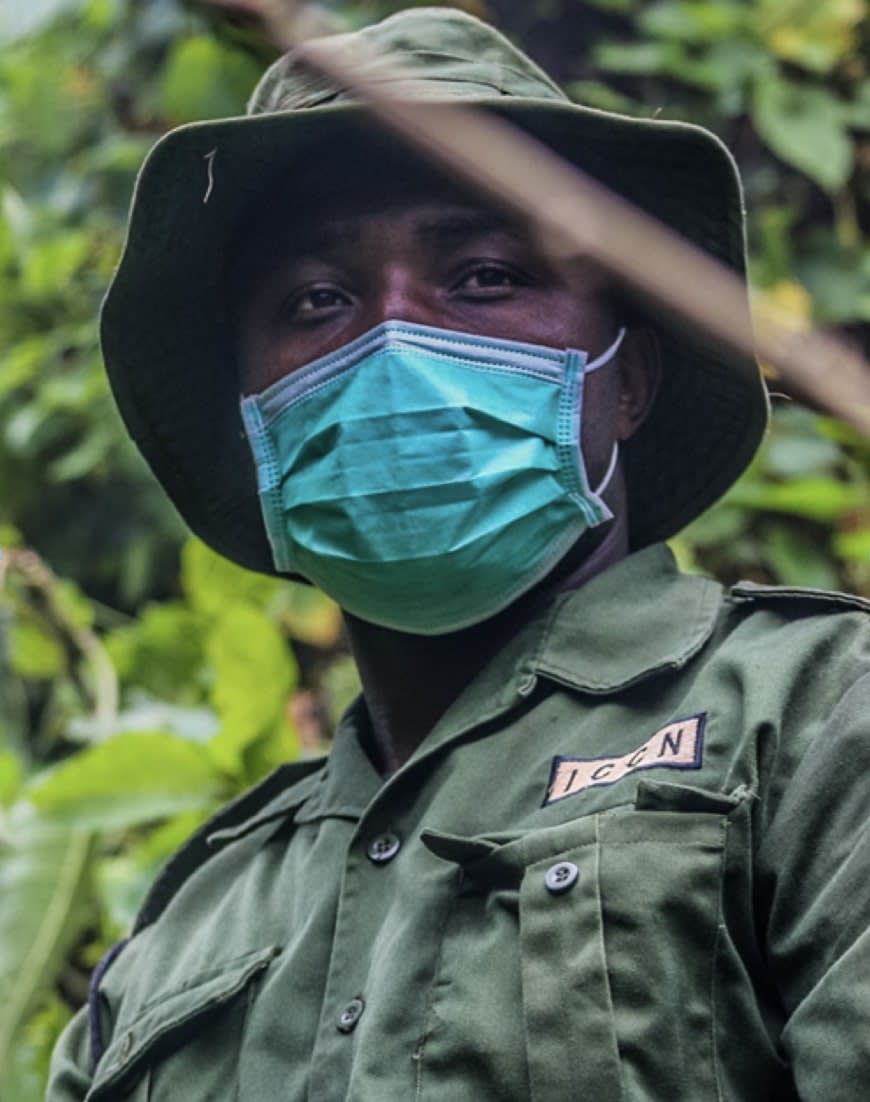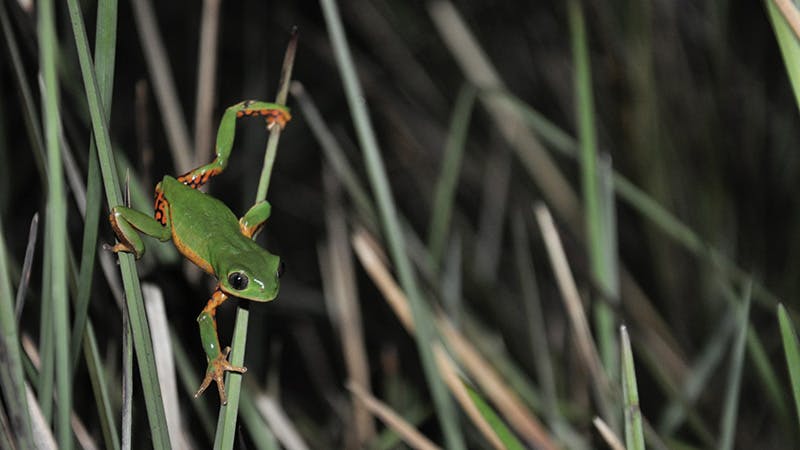Wild Places
Re:storing the wild
Our forests, grasslands, peatlands, freshwater rivers and lakes, coral reefs, mangroves, seagrasses and other natural ecosystems do not merely provide a home for Earth’s plants, animals and fungi, they provide a liveable planet for all life, including each of us. Ecosystems regulate the climate and protect us from zoonotic disease; they generate clean air, fresh water and an abundance of food and medicines. And they do this for free—but only if we give them the chance.
As humans continue to ravage our wildlands for agriculture, minerals, oil, timber and urban development, and other forms of short-term gain, we are also destroying our chance to implement the most effective solutions to the global climate and extinction crises. Healthy, intact ecosystems are much better at storing and sequestering carbon—a critical nature-based solution to the climate crisis—than degraded ones. We all need healthy ecosystems to survive.
Rewilding for a balanced world
We know what, where and how to protect biodiversity; we know how to stabilize our climate, and we are committed to mobilizing the resources and political will to build a balanced world through rewilding. We do all of this hand-in-hand with national, regional, and global partners, Indigenous peoples and local communities.
Biodiversity Hotspots are biogeographic regions holding exceptional concentrations of endemic species that are severely threatened. Thirty-six terrestrial hotspots have been recognized, covering 16.7% of Earth’s land surface. What remains of the natural vegetation in these 36 hotspots, however, is down to 2.39% of the world’s land area, an area a little larger than India. Scientists estimate that half of all plant and vertebrate species are found only within the hotspots.
High Biodiversity Wilderness Areas (HBWAs) are offer a proactive rather than reactive approach to prioritization. HBWAs are greater than 1 million hectares in area, and retain an extraordinary wealth of biodiversity. These areas are at least 70%, and up to 90%, intact.
Key Biodiversity Areas (KBAs) are sites that contribute significantly to the global persistence of biodiversity, delineated at a finer scale than both Biodiversity Hotspots and High Biodiversity Wilderness Areas. As founding partners of the KBA Partnership, we aim to ensure that all 16,000 KBAs, especially the 8,000 within Biodiversity Hotspots and High Biodiversity Wilderness Areas, are effectively safeguarded and restored through collaborations.
We also work to restore biodiverse areas that have been degraded, giving nature a chance to heal and do what it does best: store vast amounts of carbon, provide a home for wildlife, and ensure humans can thrive and prosper.
We work in more than 80 countries and prioritize the protection of Key Biodiversity Areas within Biodiversity Hotspots and High Biodiversity Wilderness Areas. Protecting what remains of Earth’s wildlands is an essential part of safeguarding all life on Earth both now and for future generations.
Banner collage image credits: Liz Brown, New Zealand Department of Conservation, Cristina Mittermeier, Robin Moore, SMART




